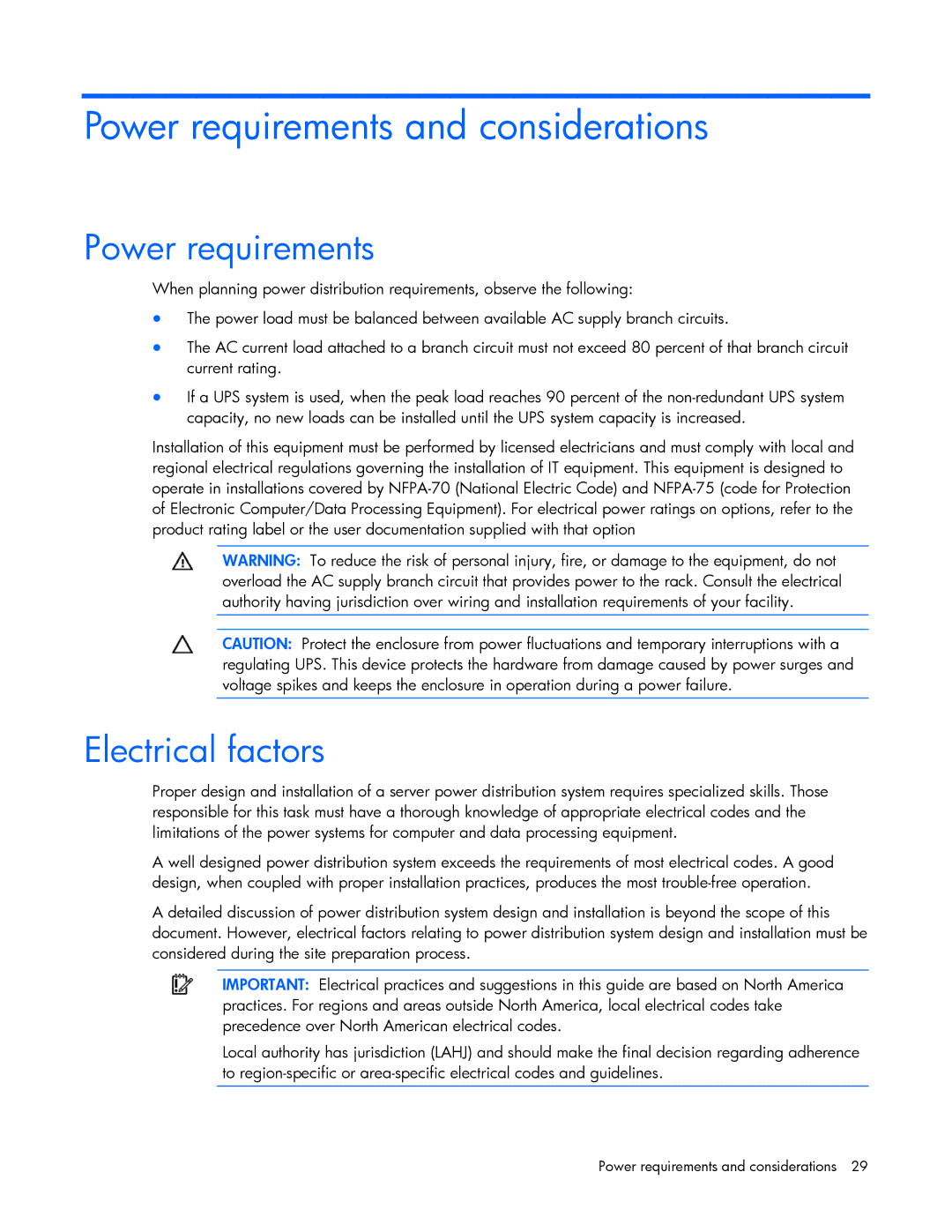xw2x220c Blade specifications
The HP xw2x220c Blade is designed for organizations that require a high-performance, space-efficient computing solution. This blade server epitomizes the commitment to enhancing data center efficiency and maximizing computing power without compromising on reliability.One of the standout features of the HP xw2x220c Blade is its compact form factor, which enables organizations to fit a substantial amount of computing power in a small footprint. This is particularly beneficial for businesses with limited space, as they can host more servers within the same physical environment. The blade is optimized for virtualization, allowing it to handle multiple workloads simultaneously, which translates to cost savings and better resource utilization.
The server is powered by advanced Intel Xeon processors, ensuring efficient processing capabilities for demanding applications. The HP xw2x220c Blade supports multiple CPU options, allowing organizations to select the configuration that best meets their workload requirements. Leveraging Intel's latest technologies, it offers enhanced performance while maintaining energy efficiency, which is a critical consideration in today’s environmentally conscious technological landscape.
In terms of memory, the xw2x220c Blade supports high-capacity DDR4 RAM, which enhances data access speeds and ensures smooth operation even during heavy loads. The architecture of the blade also includes advanced cooling technology that optimizes airflow to maintain optimal temperatures, thereby prolonging hardware lifespan and reliability.
Network connectivity is a vital feature, and the HP xw2x220c Blade offers multiple Ethernet ports for flexible networking options, as well as support for fibre channel connections. This enables seamless integration into existing network configurations, ensuring high-speed data transfer rates that are crucial for real-time applications.
Security features are also integrated into the HP xw2x220c Blade, including options for secure boot, system integrity verification, and advanced encryption capabilities. These attributes protect sensitive data from unauthorized access and potential breaches, which is essential for organizations dealing with confidential information.
In conclusion, the HP xw2x220c Blade is a formidable choice for businesses seeking a compact, powerful, and efficient computing solution. Its combination of advanced processing capabilities, extensive memory support, flexible networking options, and robust security features makes it well-suited for a variety of applications, making it an essential component for modern data centers.

